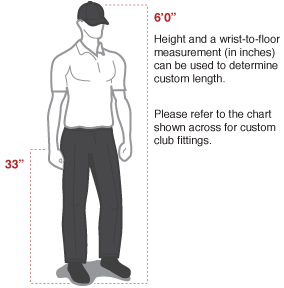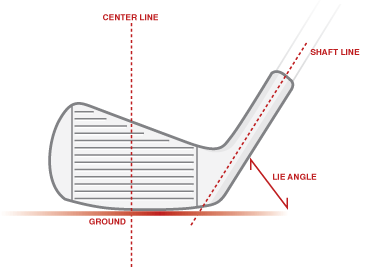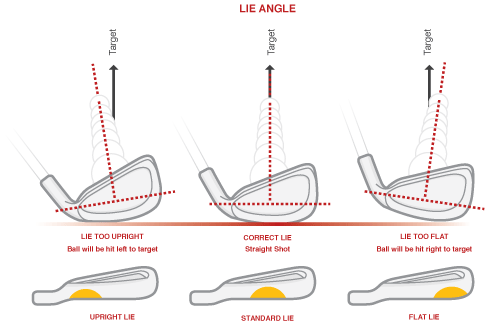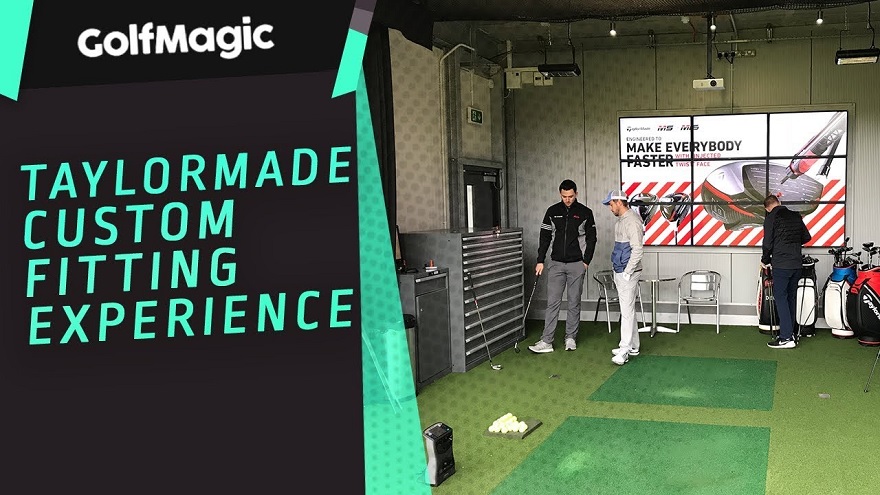Custom fitting is for everyone. Golf is a game of variables, your equipment should not be one of them. Whether you’re just starting out or have played your whole life, custom fitting gives you the confidence to take on any shot. Find below TaylorMade club fitting chart and cost.
Why Get Fit?
Your swing is your fingerprint. TaylorMade expert fitters are trained to optimize your equipment to match your game.
Fit The TaylorMade Way
Performance equipment built to precisely match your needs. You’ll leave a TaylorMade fitting inspired, educated and excited to play.
Tools & Technologies
TaylorMade uses state-of-the-art technologies to ensure your ball speed, spin rate, launch angle and more are dialed in.
TaylorMade Fitting Events bring golf’s best club-fitting and ball-fitting experiences directly to your hometown. Featuring certified professional fitters, a complete lineup of new TaylorMade products to hit, and state-of-the-art launch monitors, you’ll discover a new level of confidence in your equipment with performance data to back it up. With myFittingExp.com, booking your personalized fitting is simple, convenient, and FREE. New in 2019, we also offer complete ball fitting services to help dial you in to the ball of choice of Rickie Fowler, Dustin Johnson, Rory McIlroy, Jason Day, and more! Find a TaylorMade Fitting Event near you and take your game to the next level with equipment that is custom-tailored for your swing.
Determine proper club length for irons (Static Measurement)
The goal of proper club length is to allow a player to assume an athletic address position. A very tall player will stoop too much with a standard-length club, while a very short player will stand too upright. Proper shaft length can significantly influence the direction, consistency and distance of a golf shot by forcing the player into an address position that can be maintained throughout the golf swing.

| Height | Wrist to Floor Measurement | Recommended Club Length |
| > 6’8″ | > 42″ | +2″ |
| 6″6″ – 6″8″ | 41″ – 42″ | +1.5″ |
| 6″4″ – 6’6″ | 40″ – 41″ | +1″ |
| 6’2″ – 6’4″ | 38.5″ – 40″ | +.5″ |
| 6’1″ – 6’2″ | 37″ – 38.5″ | +.25″ |
| 5’7″ – 6’1″ | 34″ – 37″ | Standard |
| 5’4″ – 5’7″ | 32″ – 34″ | -.25″ |
| 5’2″ – 5’4″ | 29″ – 34″ | -.5″ |
| 5″ – 5’2″ | 27″ – 29″ | -1″ |
| 4’10” – 5′ | 25″ – 27″ | -1.5″ |
| < 4’10” | < 25″ | -2″ |
What is Lie angle and what Lie angle do I need?
The lie angle of a club is the angle formed by the sole of the club and the shaft. This angle affects the position of the club head at address and impact. Proper lie will cause the center of the club head to strike the ground (good) rather than the heel or toe (bad).
Lie Angle Variations:
A club which is too upright for the golfer will hit the ground with the heel of the club, causing the clubface to close and resulting in a pull or hook (for right-handed players.) A club which is too flat will hit the ground with the toe of the club causing the clubface to open and resulting in a push or slice (for right-handed players.)

Help determine proper lie angle for irons (Static Measurement)
| Your Height | ||||
| 4’10” to 5’6″ | 5’6″ to 6’2″ | 6’2″ to 6’7″ | ||
| 40″ | 3 degrees up | |||
| 39.5″ | 3 degrees up | 3 degrees up | ||
| 39′ | 3 degrees up | 3 degrees up | 2 degrees up | |
| 38.5″ | 3 degrees up | 2 degrees up | 2 degrees up | |
| 38′ | 2 degrees up | 2 degrees up | 2 degrees up | |
| 37.5″ | 2 degrees up | 2 degrees up | 1 degrees up | |
| 37″ | 2 degrees up | 1 degrees up | 1 degrees up | |
| 36.5″ | 1 degrees up | 1 degrees up | 1 degrees up | |
| 36″ | 1 degrees up | 1 degrees up | standard lie | |
| 35.5″ | 1 degrees up | standard lie | standard lie | |
| 35″ | standard lie | standard lie | standard lie | |
| 34.5″ | standard lie | standard lie | standard lie | |
| 34″ | standard lie | standard lie | standard lie | |
| 33.5″ | standard lie | standard lie | standard lie | |
| 33″ | standard lie | standard lie | 1 degrees flat | |
| 32.5″ | standard lie | 1 degrees flat | 1 degrees flat | |
| 32″ | 1 degrees flat | 1 degrees flat | 1 degrees flat | |
| 31.5″ | 1 degrees flat | 1 degrees flat | 2 degrees flat | |
| 31″ | 1 degrees flat | 2 degrees flat | 2 degrees flat | |
| 30.5″ | 2 degrees flat | 2 degrees flat | 2 degrees flat | |
| 30″ | 2 degrees flat | 2 degrees flat | 3 degrees flat | |
| 29.5″ | 2 degrees flat | 3 degrees flat | 3 degrees flat | |
| 29″ | 3 degrees flat | 3 degrees flat | ||
| 28.5″ | 3 degrees flat |
Help choosing proper club length and lie
Research indicates that lie angle is most effectively measured dynamically. It can be generalized that taller players require a more upright lie angle and shorter players a flatter lie angle. However, other variables affect impact lie angle such as the player’s address posture and how his/her hands are positioned at address and impact, either high or low. Therefore, a suitable lie angle cannot always be prescribed based on the player’s static (height and wrist-to-floor) measurement. Another good rule of thumb when deciding on proper club length is every ½” added to the standard length of a club will in return make the club play 1* more upright. Every 1/2″ subtracted will in return make the club play 1* flatter.
In order to achieve the most accurate club fitting, players should be fitted using both static and dynamic measurements. There is a direct correlation to the direction of the golf ball flight and the ability to swing consistently without compensations on the swing. To have accurate and correct measurements, you will need to have someone other than you gather the information. Lie angles listed are intended to be a reference chart only. Professional custom club fitting is needed and recommended to determine exact and correct length & lie.

